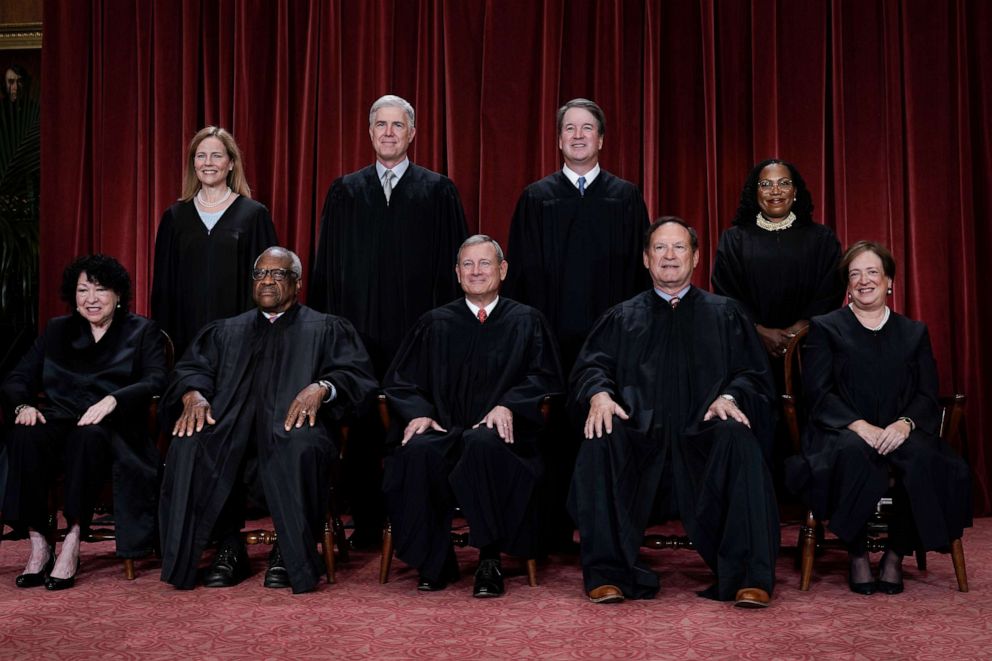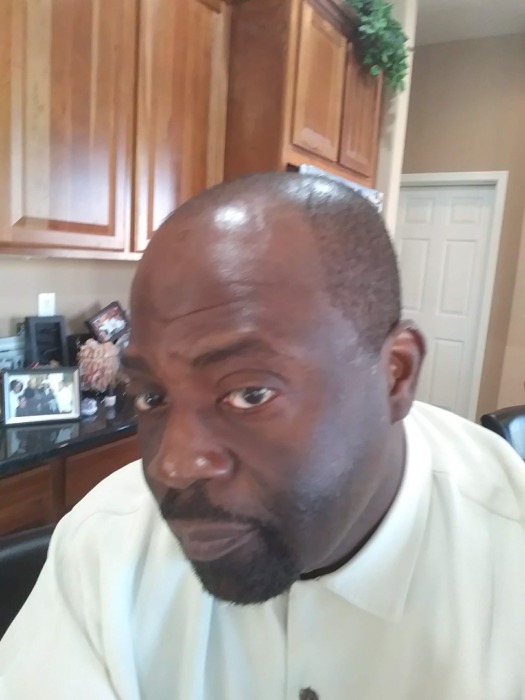Time to Expand Supreme Court or Limit Terms!! Supreme Court Not Supposed to be Political, Actions Say Otherwise! ”Who Are These People?”
By DL White


Photo: Reuters
“Let’s be clear, race has always played a role in college admissions. I was recruited to Harvard as a result of an Affirmative Action policy that was in place. A recruiter came to Denver and recruited me to Harvard. I had the grades, and test scores to get in. Conversely there were White students that got in as a result Legacy or Family donations….” Joy Reid, Harvard grad, Reid Report MSNBC.
With a strike of the pen or a vote (6-3), the Supreme Court struck down yet another law that had been approved by a prior court and had been the law of the land for more than 60 years. In same week, the Court decided President Biden’s Student Forgiveness Program was unconstitutional……Who are these people?
The recent actions by this Court, begs the question is it time to expand the court and or modify the “life-time” appointment clause?
Justice Clarence Thomas voted with the majority of conservative justices as he has done since joining the court following his appointment by then President George Bush, Sr. following the death of Justice Thurgood Marshall. (Clarence Thomas attended Yale as a result of Affirmative Action).
Justice Marshall was appointed to the court in 1967, several years after successfully presenting the Brown vs. Board of Education, Topeka, Kansas case in 1954.
The 54’ Court had at the helm Chief Justice Earl Warren, who was appointed by GOP President Dwight Eisenhower.
Justice Warren and the 1954 Supreme Court demonstrated courage, non-partisan political favor or respect of persons in their unanimous decision to overturn the “Separate but Equal” doctrine that their predecessors had endorsed in the infamous 1896 Plessey v. Ferguson decision.
Affirmative Action in higher education and the work place was first initiated during the John F. Kennedy administration in 1961, by Executive Order 10925. It required that government employers “not discriminate against any employee or applicant for employment because of race, creed, color or national origin.
Affirmative action from the start was not “quota based” but rather policies instituted by the government to “help level the playing field for those historically disadvantaged due to factors such as race, color, religion, sex, or national origin.”
These laws typically pertain to equal opportunities in employment, education, and business. President Kennedy and following his assassination, President Johnson had hoped and thought the executive order which later became law would serve as a clarion call to the nation to act in the best interest of all Americans…
After taking the oath of office aboard Air-Force 1 on November 22, 1963, President Johnson extended affirmative action in 1965, affirming the federal Government’s commitment to promote equal employment opportunities, and repeating, “Affirmative Action was to level the playing field for those historically disadvantaged due to factors such as race, color, religion, gender, or national origin.
Affirmative action was extended to women by Executive Order 11375 in 1967, by adding the class of “sex” to the list of protected categories. Other sources of affirmative action law include the nondiscrimination mandates of the Civil Rights Act, the Americans with Disabilities Act, and other laws protecting groups like veterans.
Justice Neil Gorsuch, who joined the Court in 2017, following the death of Justice Antonia Scalia in 2016, stated during his Senate confirmation hearings, “I would be reluctant to overturn a decision by a prior procedural precedents are worthy constraint.”
Gorsuch, Amy Barrette, Brett Kavanaugh, John Roberts, Clarence Thomas, Samuel Alito, the conservative Justices are making habits of overturning matters that prior courts put into law. Earlier this year it was Roe vs. Wade which the Justices affirmed they would not overturn as it was law and held by prior courts.
It begs the question what will the Roberts Court overturn next? Voting Rights? The Miranda Law (officers have to inform anyone being arrested, “They have a right to remain silent, etc)?
Affirmative Action (Legacies) Protected but Race Denied
In two cases heard by the Supreme Court, eg, Students for Fair Admission v. Harvard and Students for Fair Admission v. University of North Carolina
The Supreme Court in a reversal of who is actually being discriminated against found that Harvard as well as the University of North Carolina admissions policies violated the equal protection clause of the 14th Amendment?
The decision reverses decades of precedent upheld over the years by narrow court majorities that included Republican-appointed justices. It could end the ability of colleges and universities — public and private — to do what most say they still need to do: consider race as one of many factors in deciding which of the qualified applicants is to be admitted.
While the Court struck down AA, Legacies and major donor special consideration remain in play on most (if not all college campuses). Just as Race was used to keep Blacks, Native American’s and even females out and off campuses at the turn of the Century, it is again being applied in the same manner.
Case in point, Affirmative Action programs at the University of North Carolina, which until the 1950s did not admit Black students, and Harvard University, which was the model for the Supreme Court’s 1978 decision declaring that colleges and universities may consider race as one of many factors, from the applicant’s geographical and family background, to their special talents in science, math, athletics, and even whether the applicant is the child of the school’s alumni.
The two cases overlap. Because UNC is a state school, the question is whether its affirmative-action program violates the 14th Amendment’s guarantee to equal protection of the law. And even though Harvard is a private institution, it still is covered by federal anti-discrimination laws because it accepts federal money for a wide variety of programs.
In a highly anticipated decision, the Supreme Court on Friday (June 30) struck down President Biden’s groundbreaking plan to forgive some or all federal student loan debt for tens of millions of Americans.
By a 6-to-3 vote on ideological lines, the high court ruled that federal law does not authorize the Department of Education to cancel such student loan debt.
A handful of Republican-dominated states Missouri, Nebraska, Iowa, Arkansas, Kansas and South Carolina, have asked the Supreme Court to permanently block the Biden administration’s student loan forgiveness program.
The states held that the president exceeded his legal authority when he implemented a program to cancel up to $20,000 in debt for people holding federal student loans.
Conversely, President Biden and supporters of the measure suggested the merits of the case are fairly straightforward. Does the 2003 law, known as the HEROES Act, give the president and his secretary of education the power to authorize federal student loan forgiveness?
Disappointed, however not deterred, a determined President Biden, with his Secretary of Education at his side appeared before the public on Friday, August 30, and promised students nationwide, they would find a way to support them going forward.
When asked if it is time to expand the Supreme Court, the President shrugged, pushed his sunglasses up and stated, “Let’s see what the general public thinks about that.”


Danny L. White currently lives in Phoenix, AZ. He is the author and creative lead for the Sensational letter “S”, a children’s book focused on early reading comprehension and word development. He is also a Adjunct faculty member at Maricopa College, and staff reporter for the Arizona Informant. He is an active member of Omega Psi Phi Fraternity, Inc, in Phoenix.
